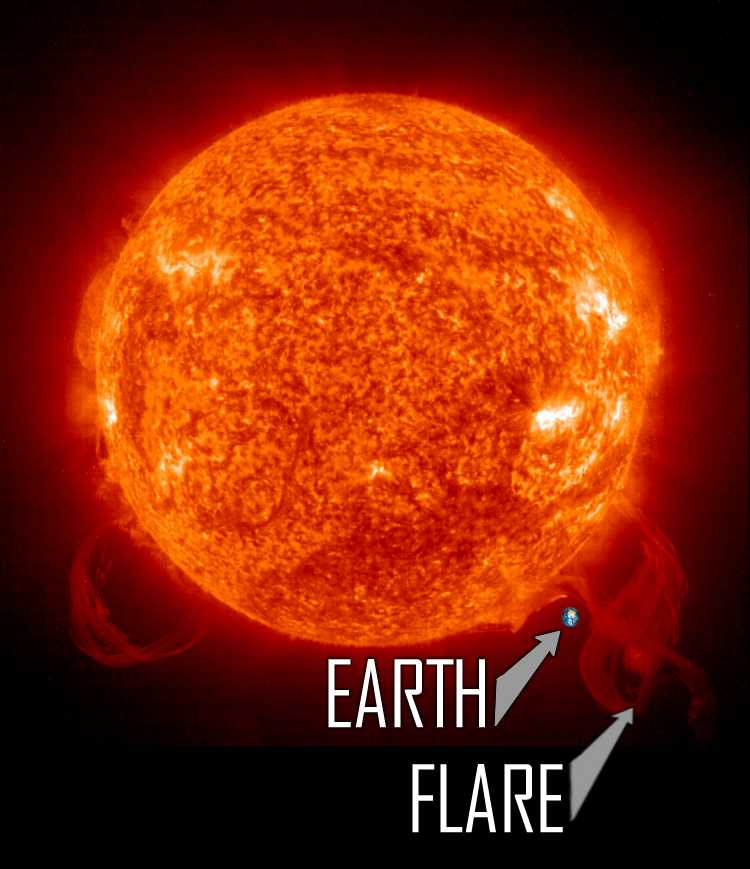The Spy Satellite Monopoly
July 24, 2012
By ROBERT BECKHUSEN | WIRED | JULY 24, 2012
Earlier this year, the spy satellite industry was hit hard by defense budget cuts. For the top two commercial satellite companies, which survive largely by providing imagery to the Pentagon and U.S. intelligence agencies, the cuts left only enough money for one to survive. Now budget austerity has forced the companies to merge together and create a new space monopoly with control over what we see from orbit.
On Monday, Colorado-based satellite firm DigitalGlobe announced it’s merging with Virginia-based competitor GeoEye in a stock and cash deal worth $900 million. The merger works out in DigitalGlobe’s favor, which keeps its name intact and whose shareholders will control 64 percent of the new company. DigitalGlobe will also take over GeoEye operations. Best known for providing imagery for applications like Google Earth, the companies combined provide more than three-quarters of the U.S. government’s satellite images.
The company also has somewhat of a codependent relationship with the Pentagon. For one, the companies help serve a need for satellite images that the government’s own aging fleet of satellites can’t always fulfill. Meanwhile, the companies are dependent on funding from Congress and the Pentagon’s National Geospatial-Intelligence Agency (NGA) in order to stay afloat. This year, that funding got cut — severely.
Earlier this year, the Pentagon announced it was pushing “significant reductions” for commercial satellite imagery for fiscal year 2013. Although the total amount the government spends on reconnaissance satellites is kept secret, analysts expected losses up to 50 percent. This served as the catalyst for an austerity-driven merger war.
A week before the budget dropped in February, GeoEye launched a failed hostile takeover bid for DigitalGlobe, offering to acquire the company for $792 million. DigitalGlobe called GeoEye’s bluff, saying GeoEye’s offer “substantially undervalue[d] the company in relation to DigitalGlobe’s standalone business and financial prospects” — i.e., their company’s ability to withstand a body-blow brought on by defense cuts.
Then in late June, doubts emerged whether GeoEye’s funding would continue. The NGA diced into two parts GeoEye’s share of the agency’s 10-year, $7.3 billion EnhancedView program, which provides funds for imagery and helps develop satellite technology.
The agency gave GeoEye two options: either renew the contract for EnhancedView for three months or nine months instead of a full year. It was a worrying sign the agency was looking for a way out of the contract. If the agency renewed with GeoEye for a full year, the agency’s cost would come out of a budget that might get cut. If Congress was set to cleave apart that budget, the NGA might not have the means for pay for it.
GeoEye’s stock plunged. There was speculation the company wouldn’t be able to secure lending from banks — already considerably difficult for companies that depend on a static defense budget for contracts.
But competitor DigitalGlobe also had a share of the EnhancedView contract, and it wasn’t touched. With its competitor now on the ropes, DigitalGlobe was set up to consume it.
Of course, with the merger, that means DigitalGlobe is now the main player in the satellite industry. The company plans to continue with launching its former competitor’s premiere satellite project, the GeoEye-2, sometime in the next two years. The GeoEye-2, though not as zoomable as the governments’ top secret spy satellites, is expected to be able to photograph the ground at higher resolutions than the best current commercial satellites. A second satellite, the WorldView-3, is being kept grounded for now as a spare.
DigitalGlobe expects the merger will allow net savings of up to $1.5 billion, saving taxpayers money while allowing the company to diversify. But with most of the U.S.’s geospatial intelligence now absorbed by one company, it’s worth wondering what that will do to satellite costs over the long term. It’s not difficult to factor that monopolies distort the marketplace, and exclude competitors which work to keep down prices.
It also means more and more space imagery will be the preserve of one company. Like it or not, that means DigitalGlobe will control an increasing amount of what we can — or can’t — see from space.



 much it cost to build.
much it cost to build.